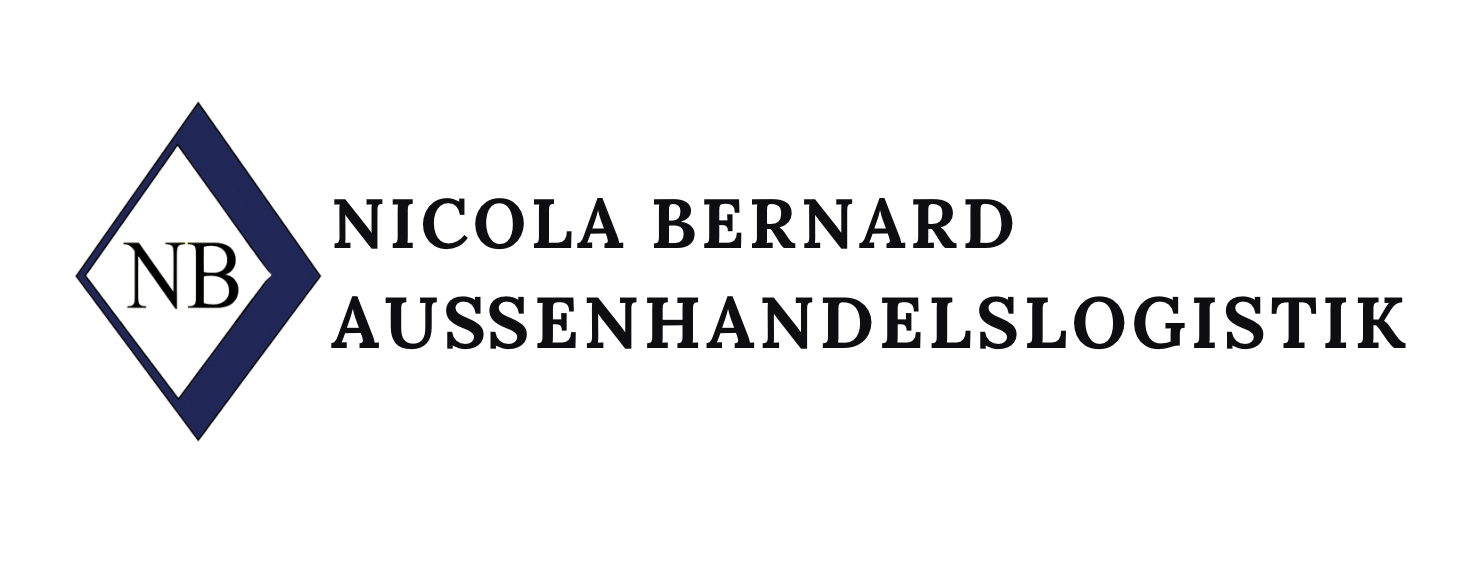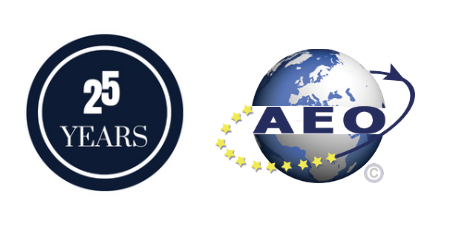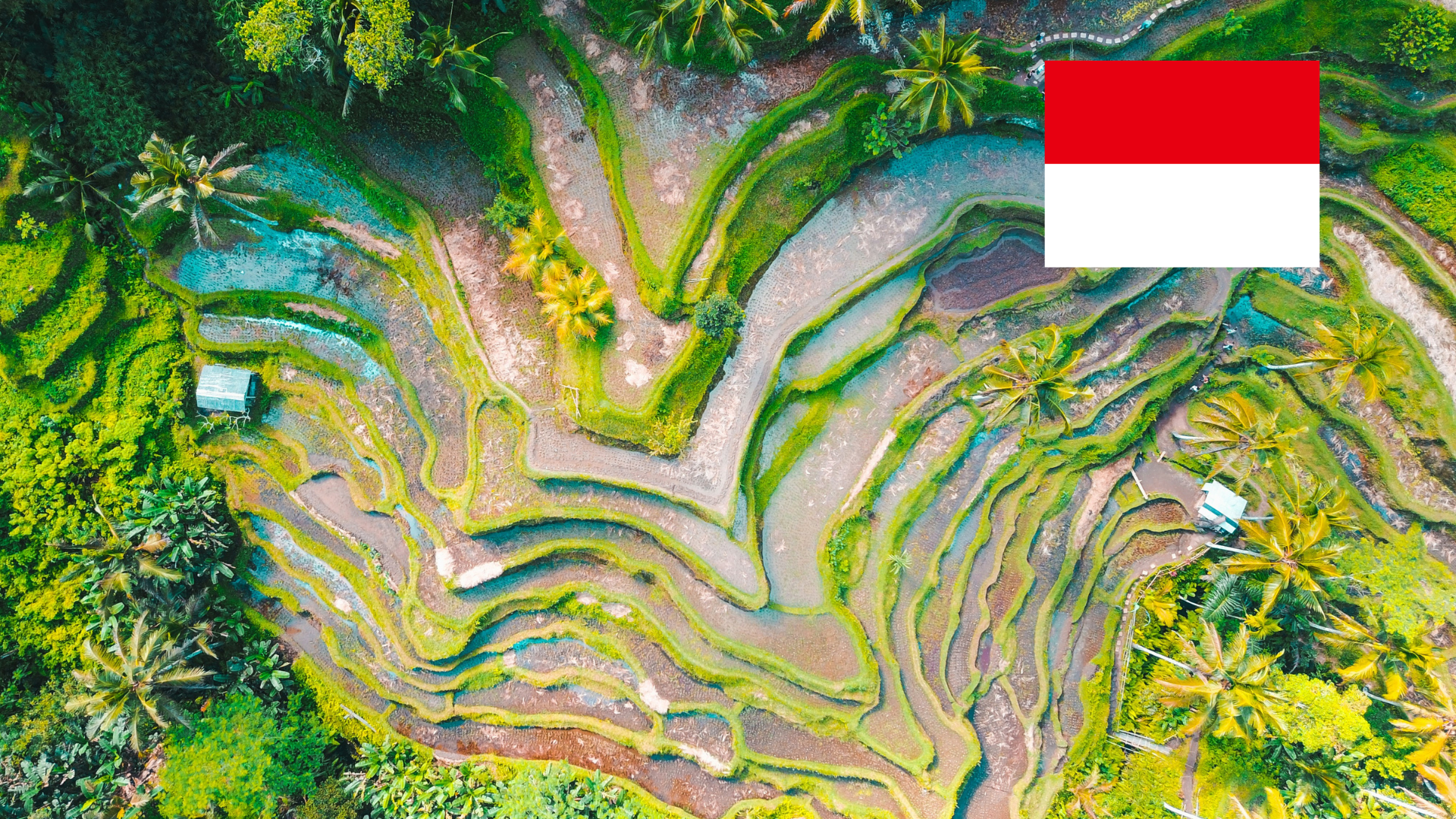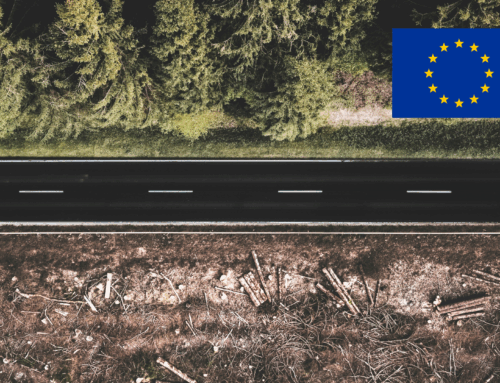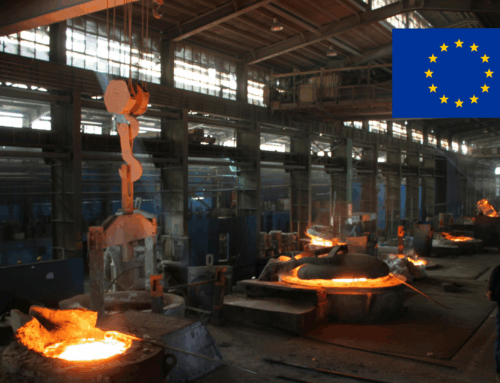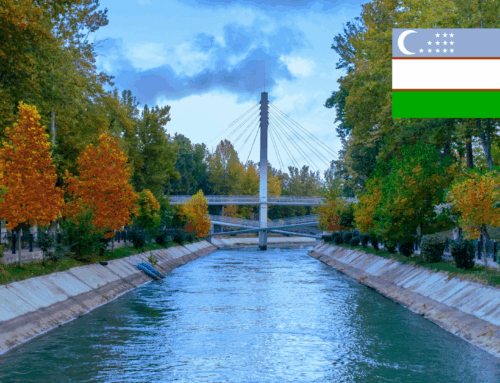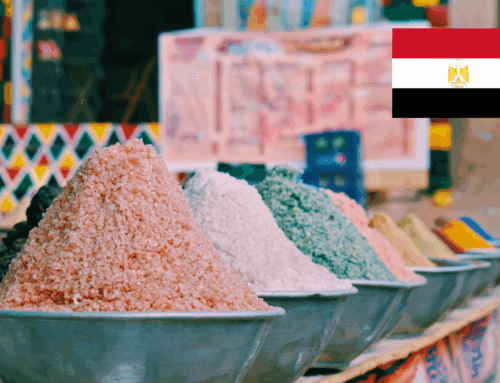The world’s largest nickel producer is expanding its product portfolio with massive investments in battery production. With the help of foreign investors, the country’s nickel deposits are to be processed more efficiently in future and utilized for electric vehicle batteries.
One focus is currently on hydrometallurgical HPAL plants, which convert low-nickel ores into mixed hydroxide precipitates (MHP), an important battery precursor. Four HPAL plants are already in operation, all under Chinese control. Several global companies, including Vale, Huayou and Sumitomo, are following this trend. A total of 19 HPAL plants are to be built by 2030, which could increase nickel MHP production to 700 kilotons per year.
In addition to hydrometallurgy, nickel pig iron (NPI) from stainless steel production is increasingly being converted into high-purity nickel sulphate. Experts expect the proportion of nickel used for batteries produced using this method to rise to over 30% by 2040.
South Korean expansion
LG is building a precursor and cathode factory in Central Java to complement its existing battery factory in Karawang. EcoPro and GEM are working on integrated battery production, while Posco is investing in MHP production.
Surabaya as a copper center
Copper also plays a crucial role in the battery industry. Only recently, PT Freeport Indonesia opened a large copper smelter in Gresik, and the Amman company opened another copper cathode production facility on the island of Sumbawa. A plant of this type already exists on the island of Wetar, led by the company Merdeka.
With these measures, Indonesia is gradually closing gaps in the battery production value chain and positioning itself as a major player in the global e-mobility industry.
Source: GTAI (in German)
